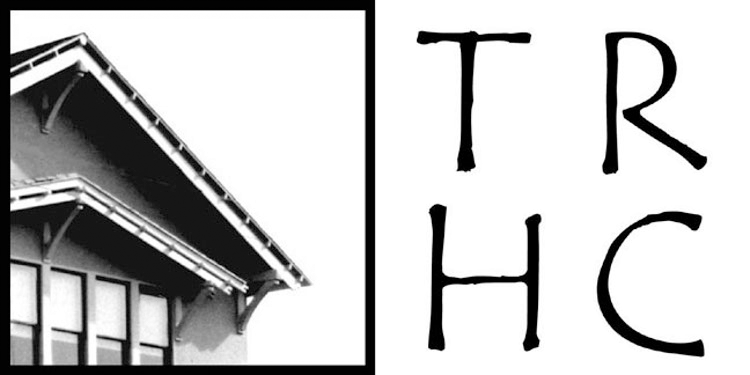APPRECIATION FOR OUR FIRST HISTORIANS
The Shoreline Region’s consciousness of its past reaches, in many ways, back to three men — all of whom wrote on the subject with feeling, enthusiasm, and knowledge. Each focused, with a bit of overlap, on his “home” section. Conveniently this covers the region well. Bodega Country’s Howard McCaughey (1878‒1960), Tomales’s Bray Dickinson (1890‒1958), and Inverness’s Jack Mason (1911‒1985) were all well-educated men who were attracted to regional history — and wrote about it engagingly.
Each had a “real” job. Dickinson and McCaughey were merchants in their respective home towns — both took over the businesses from their fathers and were offspring of local pioneers. McCaughey was a community leader with a progressive, we-can-do-it attitude whom historian Gaye LeBaron called “an institution on the Coast.”
Dickinson and Mason both had degrees in history from Cal, and Dickinson once taught the subject at Oakland Tech High School. Jack Mason was the third generation of a family for whom Inverness was a summer home. (He enjoyed his first sail on Tomales Bay when he was two weeks old.) A journalist for the Oakland Tribune for thirty years, Jack Mason retired to finally make inverness his permanent home in 1964, and immediately began to concentrate full-time on writing about west Marin’s history.
Ella Jorgensen, also born to local pioneers, was not a historian in the sense that McCaughey, Mason, and Dickinson were. But the many hundreds of images she shot here illuminate the region’s coming-of-age in such a comprehensive way that — though apparently unintentionally — a chronicler of history is certainly what she was.
Jorgensen acquired her first camera in about 1900, and from that time until her death in 1945, she photographed Local Life. From friends, neighbors, and families to businesses and buildings, school and civic functions, from aftermath of disaster to proud owners of new automobiles, and the day Maine Street was first paved — we are able to see how the region evolved through Ella’s photographs.
A few decades later — during the mid-20th century — Walt Diekmann, Bill Bonini, Sr., and other Tomales neighbors were planning and collecting for a museum in the room above Diekmann’s General Store. Although that museum never materialized in a final form, much of the TRHC’s Collection comes from these neighbors who loved the place as we do, and hoped to create their own exhibitions. Thus in some ways, figuratively and literally, this dreamed-of museum exists within the TRHC.
In 1980 Walt’s son, the late Bill Diekmann, restored the then 113-year-old store building, giving Tomales a truly invaluable gift — and along the way discovering more and more pieces of the past. Today, the Bray Dickinson Collection, the Bill Bonini, Sr. Collection, and the Bill Diekmann Collection, are foundational parts of our archive, as is our growing collection of Ella Jorgensen’s photographic images.
We are pleased and proud to be carrying on the legacy of these long-ago neighbors. I hope that this website will inspire and encourage today’s neighbors and friends, near and far, to appreciate the spirit of the region — its tangible attributes, and its less tangible “Sense of Place.”
